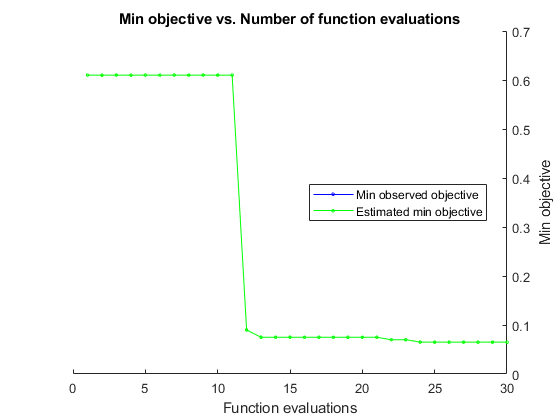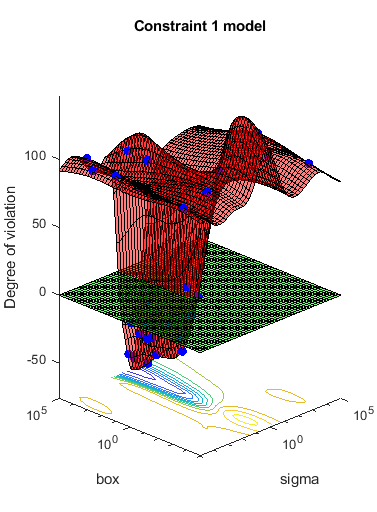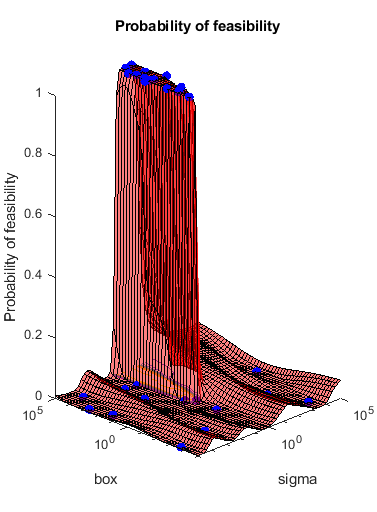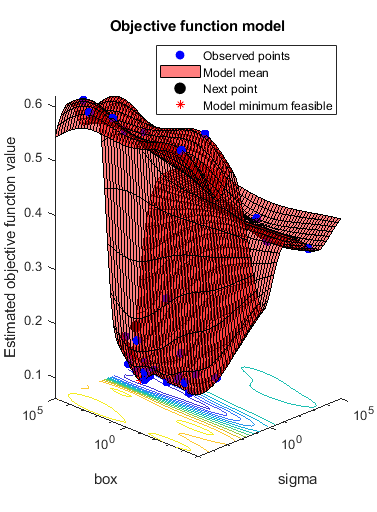predictConstraints
Predict coupled constraint violations at a set of points
Syntax
Description
ConstraintViolations = predictConstraints(results,XTable)XTable.
[
also returns the standard deviations of the coupled constraint functions.ConstraintViolations,sigma]
= predictConstraints(results,XTable)
Examples
Input Arguments
Output Arguments
Version History
Introduced in R2016b



